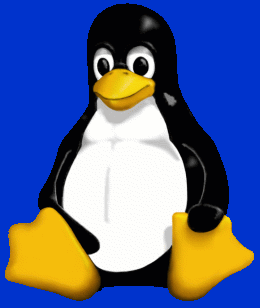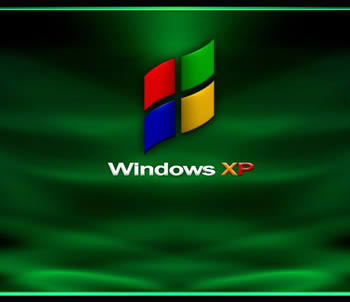The Open Source Movement
 In 1991 an unknown computer programmer called Linus Torvalds creates an operating system whose name is Linux. It differs from the rest ones in circulation in two ways: 1) the Linux has an “open code” (that is the heart of the program) which means that any computer programmer is in position of either changing or improving it 2) it is distributed free of expense through the Internet. Linux became a hit overnight, something the “Free Software Movement”, adherents could not even dream about in 1984 when it was founded to disseminate the idea of “free access to information”. The program was accepted and improved at a scale that could have neither been part of Richard Stallman’s (chairman of the Free Software Foundation) dreams, nor Bill Gates’ nightmares. In just 10 years the program that had 10,000 code lines, reached 2,000,000 ones, its users came up to 9,000,000 and approximately 15,000 computer programmers all over the world have been working to improve it. More than half of the Internet servers throughout the world have been using a Linux version, while companies such as the IBM have been offering it as an alternative to the Microsoft Windows.
In 1991 an unknown computer programmer called Linus Torvalds creates an operating system whose name is Linux. It differs from the rest ones in circulation in two ways: 1) the Linux has an “open code” (that is the heart of the program) which means that any computer programmer is in position of either changing or improving it 2) it is distributed free of expense through the Internet. Linux became a hit overnight, something the “Free Software Movement”, adherents could not even dream about in 1984 when it was founded to disseminate the idea of “free access to information”. The program was accepted and improved at a scale that could have neither been part of Richard Stallman’s (chairman of the Free Software Foundation) dreams, nor Bill Gates’ nightmares. In just 10 years the program that had 10,000 code lines, reached 2,000,000 ones, its users came up to 9,000,000 and approximately 15,000 computer programmers all over the world have been working to improve it. More than half of the Internet servers throughout the world have been using a Linux version, while companies such as the IBM have been offering it as an alternative to the Microsoft Windows.
At first, Gates’ company, the master of the operating systems market, sort of smiled. Yet, in the late 1990s they started worrying. Today they are panic-stricken and hot under the collar. In spite of the fact that all those years they had been struggling in the name of freedom in the software market, now they are begging for government protection against… unfair competition. Their slogan of course would be no other than “homeland, religion and copyright”. They have justified their demands by claiming that the movement for an open code “have been undermining the state law on copyright. According to the company vice-chairman, Mr. Graig Mundie, who was summoned to an open debate with Richard Stallman at the NY University, a software that would not be copyrighted would harm the USA exports by being a free one instead of one produced by the Microsoft company. In this case, one might as well paraphrase the General Motors managing director’s words: “What is good for the Microsoft is good for America”.
 Bill Gates’ old Harvard fellow student, Richard Stallman, (the labels put on him by his critics range from “thief” to “communist”) is having the time of his life from beginning to end: “I’ve been accused of causing damage worth of millions of dollars to the informatics companies. I do hope that’s true.”
Bill Gates’ old Harvard fellow student, Richard Stallman, (the labels put on him by his critics range from “thief” to “communist”) is having the time of his life from beginning to end: “I’ve been accused of causing damage worth of millions of dollars to the informatics companies. I do hope that’s true.”
The debate in NYU generated a new circle of discussion focusing on the monopoly imposed by the Microsoft and on the business practices applied in the market by them. The sole topic for conversation amongst the net newsgroups dealing with informatics is the Microsoft-Free Software Foundation head-on collision.
“The Microsoft”, as Eben Moglen professor of the Law School at the University of Columbia has noted, “who all these years have been making out that the software market is by all means a ruthlessly competitive one, have now found themselves being forced to cope with a competitor, whose production and distribution pattern is far better than theirs and are in no position of a long-term victory. Now, they have been striving to scare people out of interacting with a business rival who they can neither intimidate, nor stop, nor even buy off.”













